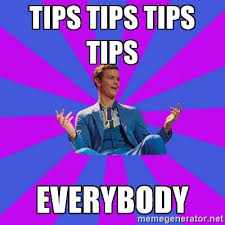Living in a meaningful way involves developing your own potentials in the best possible way. And opening up a new path in every following area of your life leads to reduce your burden and live happier:-
- On an average, we each own over 10000 things in our mind and activities. Make a start at your desk and then move to your closets, rest of your house, garage & your car. Think how to simplify/shorten your activities in them. Remove unwanted/irrevant/unimportant thoughts from your mind.
- Managing finances are more difficult than cleaning up the mess in your house. Find out how to get free from financial blockages, and work out your own concept of wealth.
- Every person has 24 hours each day. The real issue is how much of your time is free at your disposal. Manage your time by setting clear priorities for your personal and professsional tasks and by keeping yourself free for important things.
- Delegate consistently and simplify your communication with others.
- Your body is your most personal possession. But most of us pay atention to it only when it does not work properly. Keep yourself fit by always doing some physical exercises, eating happily and keeping yourself engaged.
- Concentrating on one activity at a time is the best way to relax adequately.
- The social network in your environment can become the source of terribly complicated life. Simplify your relationship to free you up. Make your life more meaningful to move forward.
- Balance your work and private life relatoinship to simplify your life.
- Learn to understand yourself better and move toward the purpose of your life by developing your strengths.
- Less is more. Simplify your life.
